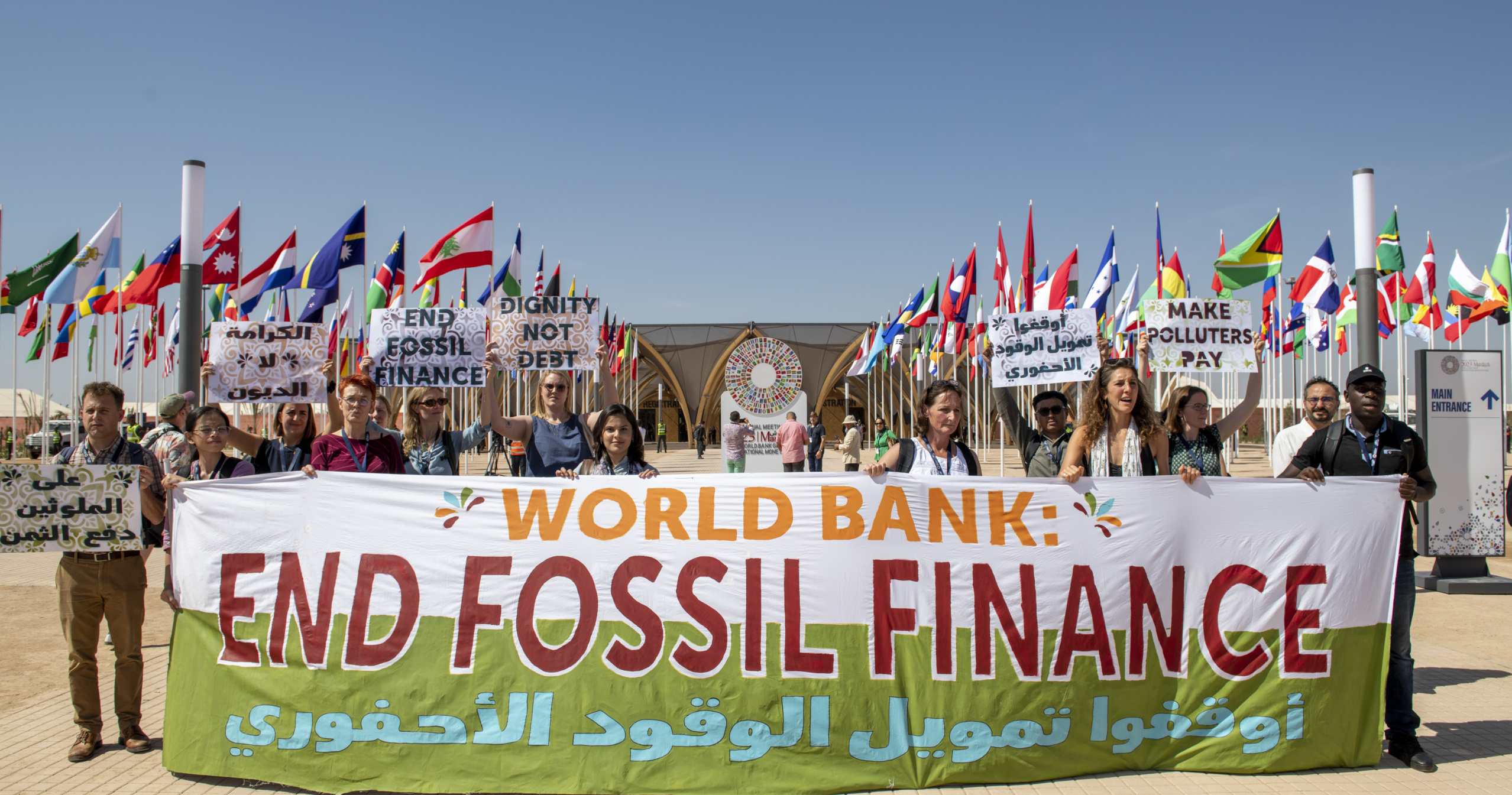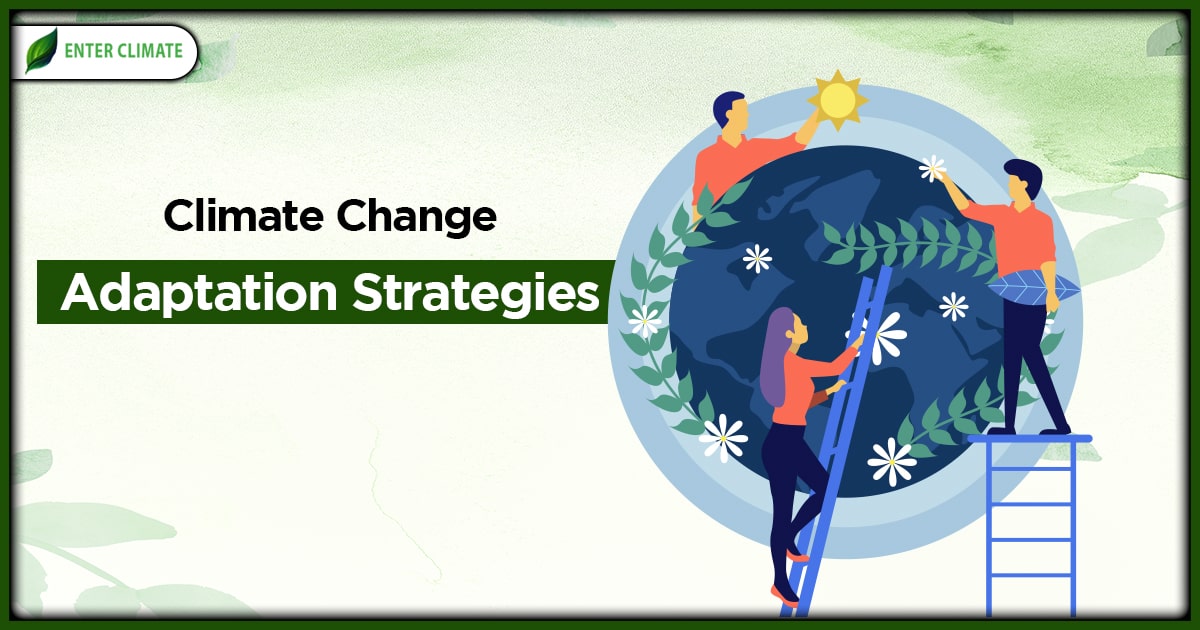Report on IMF Surveillance Policies and Alignment with Sustainable Development Goals
Introduction
A new briefing from the Bretton Woods Project, released ahead of the 2025 Annual Meetings, provides a critical analysis of the International Monetary Fund’s (IMF) evolving approach to gender. Utilizing data from the IMF surveillance scanner and Article IV reports published since the January 2024 Interim Guidance Note on Mainstreaming Gender, this report assesses the coherence of IMF policies with the 2030 Agenda for Sustainable Development, with a particular focus on Sustainable Development Goal 5 (SDG 5) on Gender Equality.
Key Findings: Policy Incoherence and SDG Setbacks
The analysis reveals a significant disconnect between the IMF’s stated objectives on social and gender issues and its core policy advice, which poses a direct threat to the achievement of multiple SDGs.
- Persistence of Structural Adjustment Policies: The IMF’s fundamental policy direction has remained unchanged over a 14-year period, continuing to promote austerity measures, a reduction in the role of the state, and the empowerment of the private sector.
- Contradiction with SDG 1, 3, 4, and 10: These austerity-based policies inherently risk undermining progress on SDG 1 (No Poverty) and SDG 10 (Reduced Inequalities). Reductions in public spending directly threaten the provision of essential services vital for achieving SDG 3 (Good Health and Well-being) and SDG 4 (Quality Education).
- Inadequate Response for SDG 5: Despite an increase in narrative attention to gender impacts, the corresponding policy responses are insufficient. This policy incoherence actively hampers substantive progress towards SDG 5 (Gender Equality), as the macroeconomic frameworks promoted by the Fund often exacerbate gender inequalities.
Recommendations for Aligning IMF Policy with the 2030 Agenda
To ensure IMF surveillance and policy advice contribute positively to the Sustainable Development Goals, the following actions are recommended:
- Conduct mandatory ex-ante and ex-post assessments of the distributional, gender, and climate impacts of its policy advice. This is essential for ensuring policy coherence with SDG 5 (Gender Equality), SDG 10 (Reduced Inequalities), and SDG 13 (Climate Action).
- Design impact assessments based on a ‘best practice’ model that incorporates participatory approaches and ensures full public availability. This aligns with the principles of transparency and accountability central to SDG 16 (Peace, Justice and Strong Institutions).
- Systematically integrate the results of these assessments into Article IV reports to evaluate trade-offs between different policy options and identify alternative pathways that support inclusive and sustainable development.
- Mandate country-level consultation with local experts, academics, NGOs, parliamentarians, and unions, following a clear and predictable calendar. This strengthens national ownership and aligns with the multi-stakeholder partnership approach of SDG 17 (Partnerships for the Goals).
Project Context
This briefing was produced as part of the Bretton Woods Project’s Gender Equality and Macroeconomics Project. The initiative aims to challenge macroeconomic policies promoted by International Financial Institutions that undermine gender equality and women’s rights, advocating for greater policy coherence for sustainable development.
Analysis of the Article in Relation to Sustainable Development Goals
1. Which SDGs are addressed or connected to the issues highlighted in the article?
-
SDG 5: Gender Equality
- The article’s primary focus is on the International Monetary Fund’s (IMF) approach to gender. It explicitly mentions the “Gender Equality and Macroeconomics Project” and analyzes how IMF policies “undermine gender equality and women’s rights.” The core of the briefing is to critique the IMF’s failure to adequately address the gender impacts of its macroeconomic policy advice.
-
SDG 10: Reduced Inequalities
- The article critiques the IMF’s core policy direction, described as “structural adjustment” and “austerity measures.” These policies are linked to distributional impacts. The recommendation to conduct “assessments of the distributional… impacts of its policy advice” directly addresses the goal of reducing inequalities that may be exacerbated by such macroeconomic policies.
-
SDG 16: Peace, Justice and Strong Institutions
- The article calls for significant reforms in the IMF’s surveillance process to make it a more accountable, transparent, and participatory institution. Recommendations such as making impact assessments “publicly available” and making “country-level consultation with local experts, academics, NGOs, parliamentarians and unions” mandatory are aimed at strengthening the institution’s governance and ensuring more inclusive decision-making.
2. What specific targets under those SDGs can be identified based on the article’s content?
-
Target 5.c: Adopt and strengthen sound policies and enforceable legislation for the promotion of gender equality and the empowerment of all women and girls at all levels.
- The article directly engages with this target by analyzing the IMF’s macroeconomic policies and their effect on gender equality. The recommendation for the IMF to conduct “mandatory ex-ante and ex-post assessments of the… gender… impacts of its policy advice” is a specific mechanism to strengthen policies to ensure they promote, rather than undermine, gender equality.
-
Target 10.4: Adopt policies, especially fiscal, wage and social protection policies, and progressively achieve greater equality.
- The article’s critique of “austerity measures” and “a shrinking of the state” points directly to fiscal policies promoted by the IMF. The call to evaluate “trade-offs between different macro policy options” based on assessments of “distributional… impacts” aligns with the goal of adopting policies that progressively achieve greater equality.
-
Target 16.6: Develop effective, accountable and transparent institutions at all levels.
- This target is addressed through the recommendation that impact assessments “should be publicly available.” This measure is intended to increase the transparency and accountability of the IMF’s policy advice and its consequences.
-
Target 16.7: Ensure responsive, inclusive, participatory and representative decision-making at all levels.
- The article’s key recommendation that “Country-level consultation with local experts, academics, NGOs, parliamentarians and unions should be made mandatory” is a direct call for a more inclusive and participatory decision-making process in the IMF’s surveillance activities, ensuring that diverse local perspectives are included.
3. Are there any indicators mentioned or implied in the article that can be used to measure progress towards the identified targets?
-
Indicator for Target 5.c:
- The article implies an indicator: The existence and systematic implementation of mandatory ex-ante and ex-post gender impact assessments for all IMF policy advice. Progress would be measured by whether the IMF adopts this recommendation and the percentage of its Article IV reports that include such assessments.
-
Indicator for Target 10.4:
- An implied indicator is: The inclusion of distributional impact assessments in IMF Article IV reports. The article suggests that the “results of those assessments should feed into evaluating trade-offs between different macro policy options,” meaning progress can be measured by the presence and quality of this analysis in official reports.
-
Indicators for Targets 16.6 and 16.7:
- The article implies two clear indicators:
- The number and scope of mandatory country-level consultations with non-state actors (NGOs, unions, academics) during the surveillance process. This measures the implementation of participatory approaches.
- The percentage of IMF impact assessments that are made publicly available. This directly measures progress towards transparency.
- The article implies two clear indicators:
4. SDGs, Targets and Indicators Table
| SDGs | Targets | Indicators (Implied from the article) |
|---|---|---|
| SDG 5: Gender Equality | 5.c: Adopt and strengthen sound policies… for the promotion of gender equality. | The implementation of mandatory ex-ante and ex-post assessments of the gender impacts of IMF policy advice. |
| SDG 10: Reduced Inequalities | 10.4: Adopt policies, especially fiscal… and progressively achieve greater equality. | The inclusion of assessments of distributional impacts of policy advice in Article IV reports to evaluate trade-offs. |
| SDG 16: Peace, Justice and Strong Institutions | 16.6: Develop effective, accountable and transparent institutions at all levels.
16.7: Ensure responsive, inclusive, participatory and representative decision-making at all levels. |
|
Source: brettonwoodsproject.org







